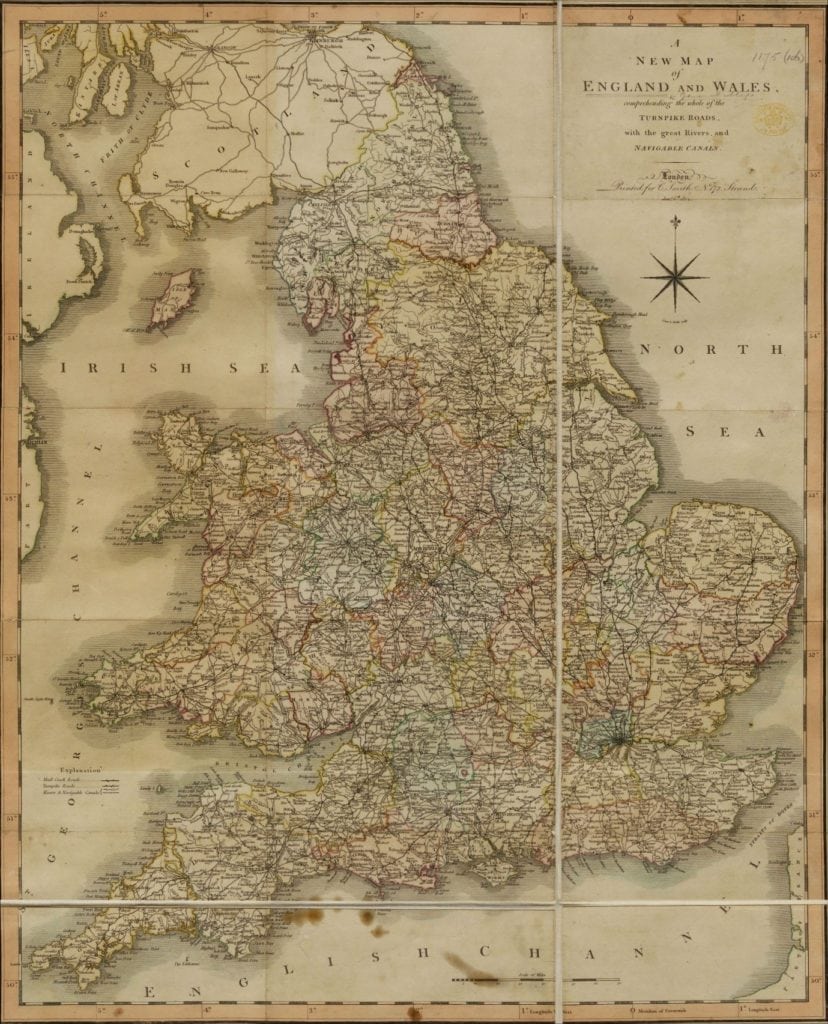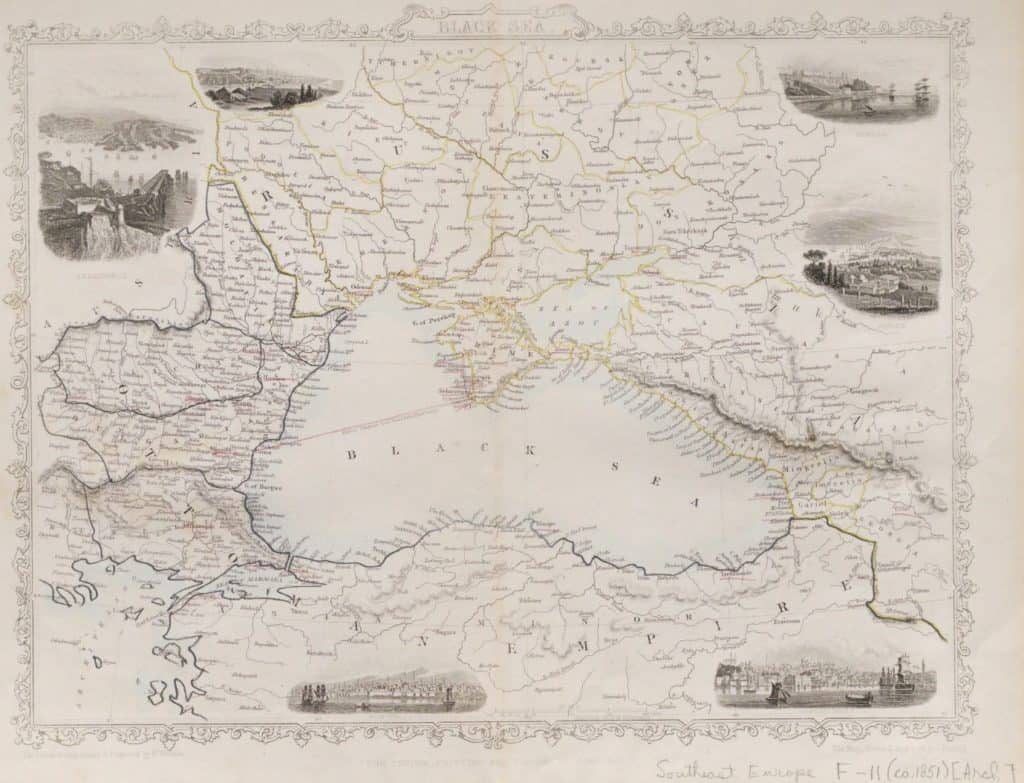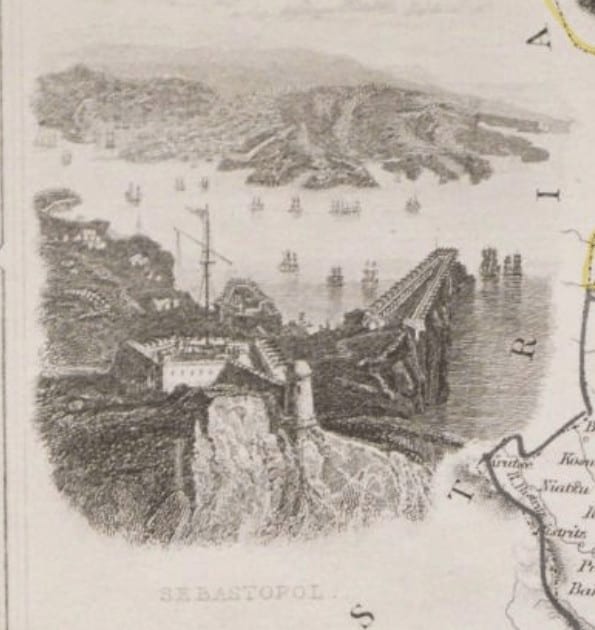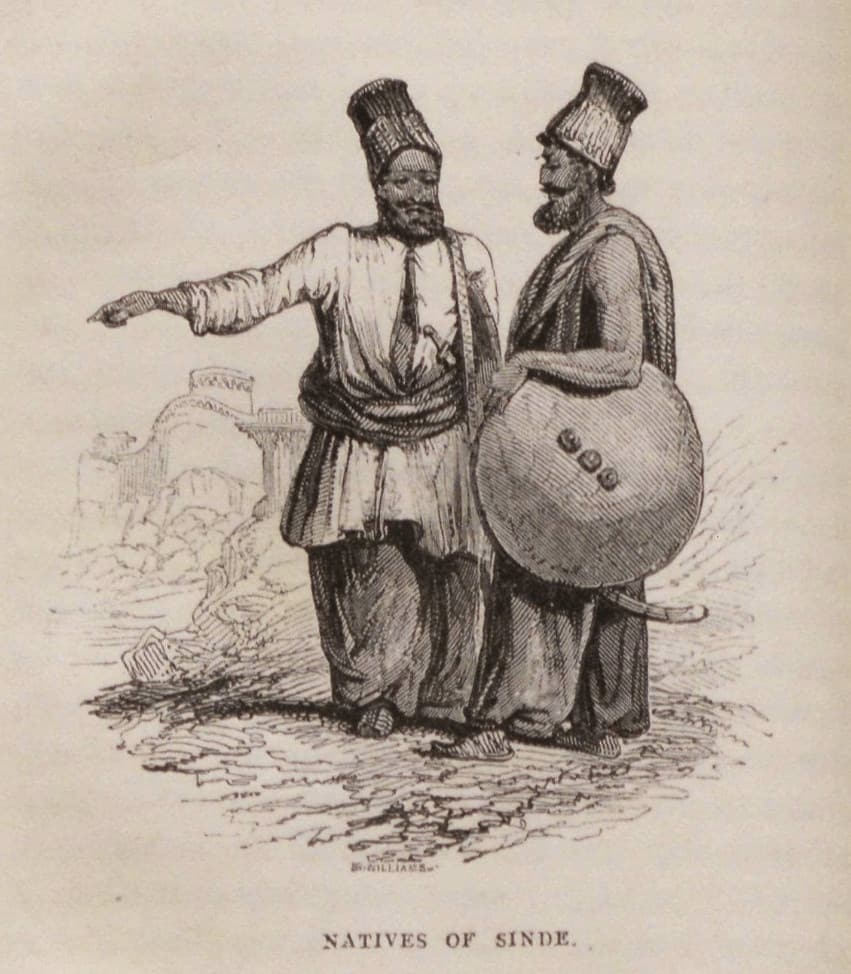│By Matthew Trenholm, Gale Ambassador at the University of Exeter│
Of all the Gale archives I’ve explored so far, my favourite is Maps and Travel Literature. Part of Nineteenth Century Collections Online, it has already been a great help to my undergraduate History dissertation on English ports. Maps have been an essential part of human development and Maps and Travel Literature allows you to examine maps from all over the world, produced for different reasons by different people and organisations. There is also a huge range of travel writing to sink your teeth into, giving insight into the human experience behind the maps and other geographical documents.
A New Map of England and Wales, 1804
As we enter the depths of winter in Britain, I thought it would be fun to consider all the far-flung places I could go on holiday to escape the cold and rain! Starting with my point of departure, the UK, I found many fantastic maps of Britain within the Maps and Travel Literature archive. I am particularly fond of this one from 1804. It is brilliantly detailed and shows all the turnpike roads and navigable canals which allowed our ancestors to travel around England and Wales in days past.

Zooming in close to Exeter (where I’m currently studying), I can see plenty of places that I recognise and quite a few I do not. It is amazing to see how people would have moved around in the early nineteenth century and is an excellent place to start our journey.

A New Map of Europe, 1811
We could head to Europe next and the map below from seven years later leaves us with no shortage of possible destinations! What I like most is seeing how the borders differ to those that now exist in mainland Europe, especially in places like Italy.

The map is from 1811, the period of Napoleonic domination in Europe, and a great deal would change again after the ruinous March on Moscow the following year – you can see from the map what an ordeal that journey would have been.
The Black Sea, c.1851
With its beautiful coastlines and incredible mix of cultures, the Black Sea is another possible destination for this trip. This map shows all the major coastal settlements and also has sketches of the highlights. In less than two years, Britain would be engaged in a bloody war in the Crimean Peninsula against the Russians – the sketch of Sebastopol looks quite peaceful in 1851 though.


The Gold and Coal Fields of Alaska, 1898
How are we going to pay for this trip then? One way would be searching for gold in the hills of nineteenth-century America. The image of people armed with pans in search of gold is a popular one to represent frontier life in the United States, but it was serious business and maps like the one below were produced to help guide mining efforts. Importantly, coal sites were included on this map suggesting that there were other ways to extract value from Alaska.

Travel writing
As I mentioned at the start of this blog, the Maps and Travel Literature archive contains more than just maps; there are plenty of pieces of travel writing to get lost in. My personal favourite is Alexander Burns’ recollections of his travels along the Indus river. Readers should remember that it is a document very much “of its time”. It provides plenty of insight into British culture as well as the cultures that he observed. The drawings of the sights he saw along the way enrich the text and provide additional detail that could not be conveyed by writing alone.

Burns’ writing is full of anecdotes, from dangerous weather (p. 45) to near death, due to a case of mistaken identity (p. 109). Maps and Travel Literature is more than simply mapping locations; the inclusion of writings like Burns’ bring these places to life for us, hundreds of years later.
Maps and Travel Literature is my favourite of the Gale Primary Sources archives that I have worked with so far, and is the perfect place to lose yourself on a rainy afternoon. Maybe you’ll find your next holiday destination among the incredible maps and writings on offer, or perhaps you’ll look a little closer to home and find out something interesting about where you live! Either way, I hope you enjoyed this introduction to the Maps and Travel Literature archive and let me know what you found! You can tweet me on Twitter (@Matt_Trenholm) or feel free to post on the Gale Resources at the University of Exeter Facebook page.
Interested in reading more about nineteenth-century explorers? Check out our post on Adolf Erik Nordenskiöld – A Great Arctic Explorer of the Nineteenth Century.
Blog post cover image citation: New York, 1746. Harris, T. “A South Prospect of the Flourishing City of New York in the Province of New York in America 1746. KTop 121:38.A.” King George III Topographical Collection, Primary Source Media, 1746. Nineteenth Century Collections Online, https://link.gale.com/apps/doc/COFHQJ513012460/NCCO?u=exeter&sid=NCCO&xid=c78f68c3

